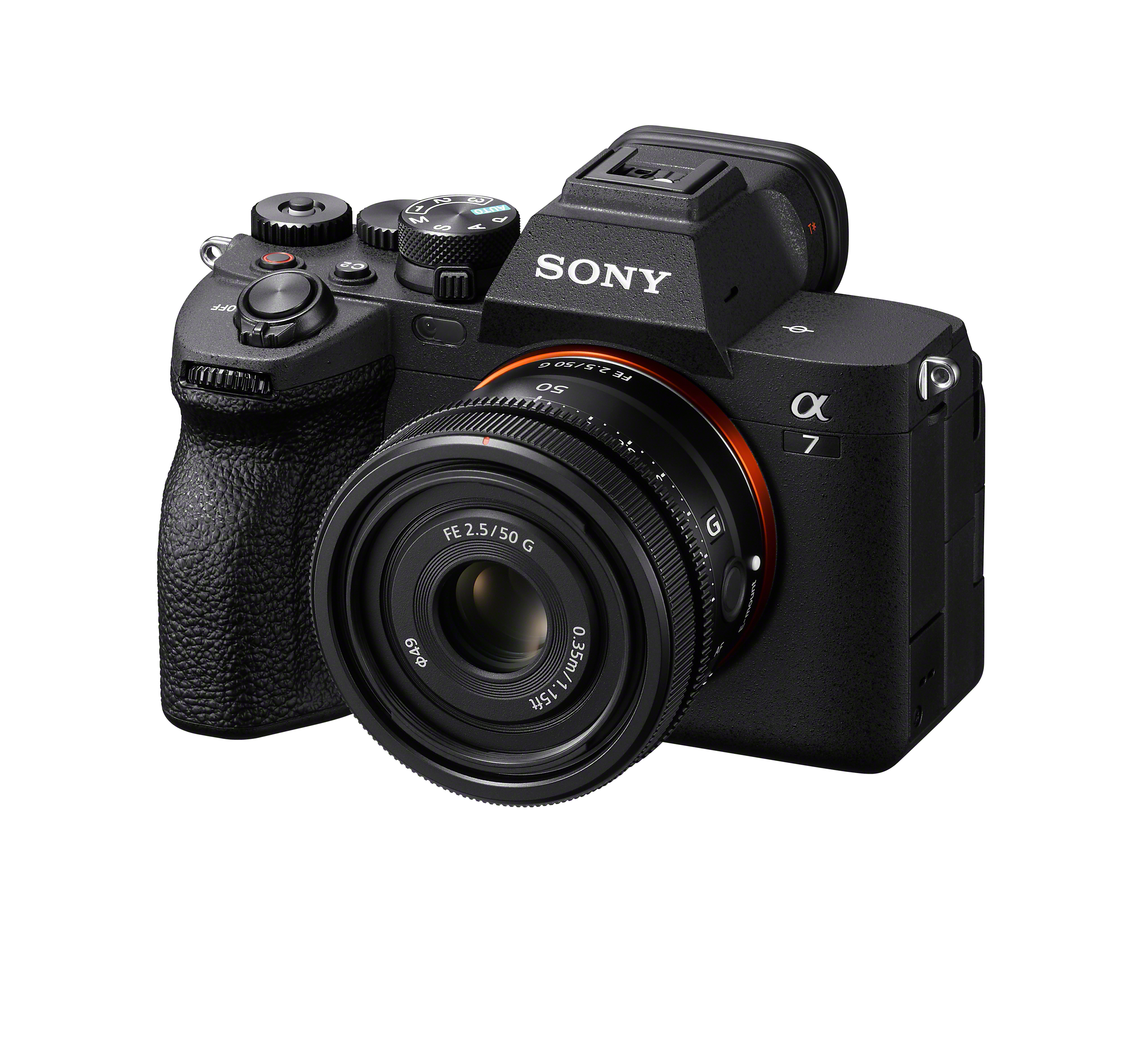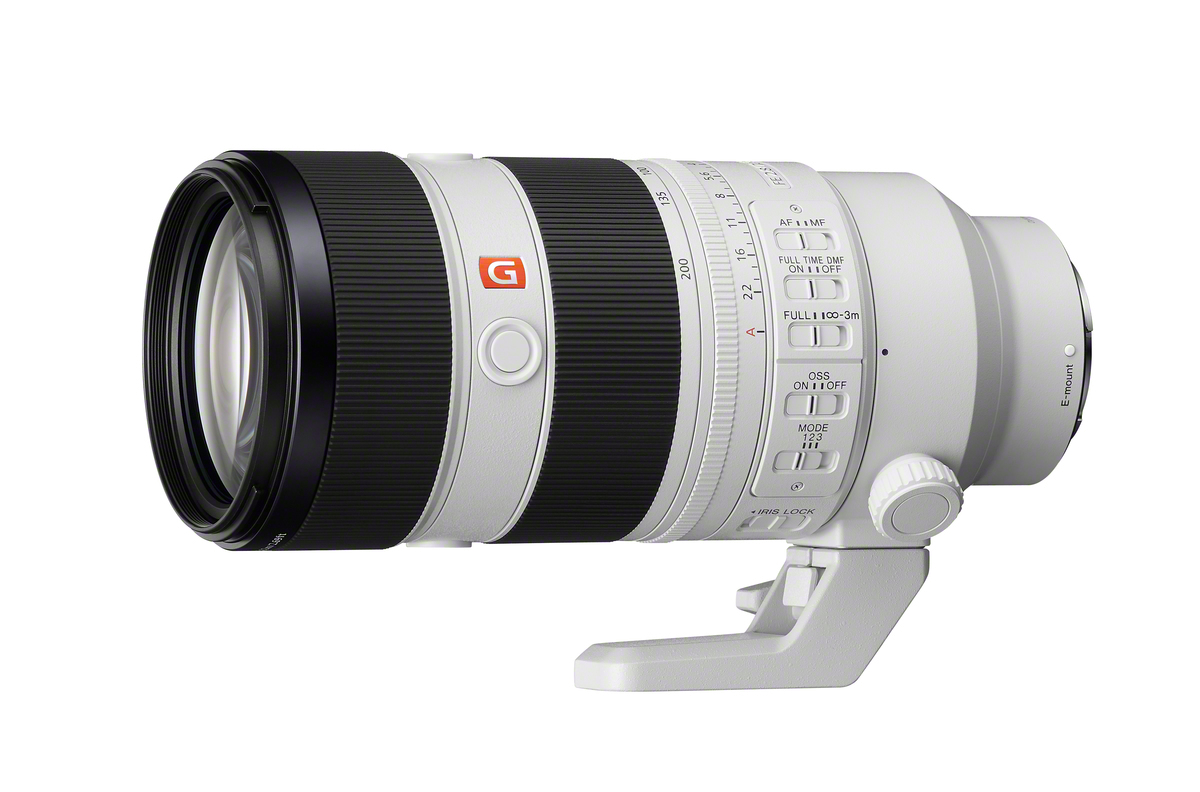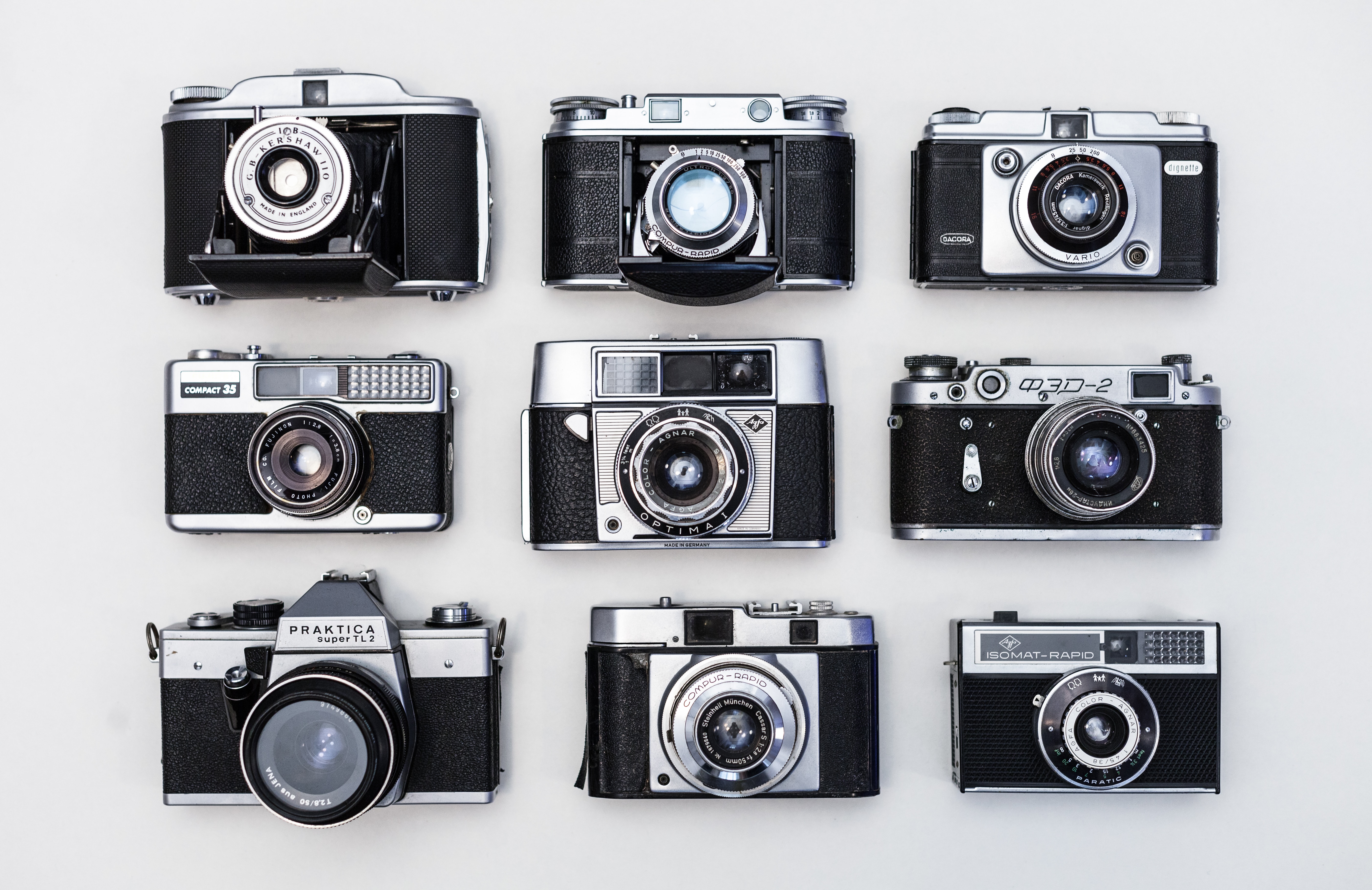At long last, Sony’s beloved a7 range has received a much-anticipated update with the all-new Sony a7 IV. This ultimate hybrid all-rounder is the perfect update to the tried-and-tested a7 III model, bringing you more of the features you already love, and marked improvements in performance that are bound to change the game for Sony shooters new and old.
We got our hands on a preproduction version of the Sony a7 IV pre-release to create an exclusive first look for our community. You can check out our first impressions of this latest Sony release on our YouTube channel.
The a7 IV’s sensor has been bumped up to an impressive 33MP, a step-up of almost 10MP from the a7 III’s 24.4MP sensor. You still have a maximum ISO of 204800 for dependable low light performance, and continuous stills shooting speed of 10 fps. However, the a7 IV’s burst buffer has been raised to a whopping 800 shots in JPEG and RAW. That’s 618 more shots than the a7 III’s 182 shot JPEG buffer, meaning you can shoot fast-moving subjects for longer without worrying that you’ll miss a moment. The in-body image stabilisation has also improved, now offering 5.5 stops of IBIS over the a7 III’s 5 stops.
One of the areas where the Sony a7 IV has made the most advances for the a7 range is with its autofocus offering. It boasts 759 phase-detection AF points, where the a7 III had 693. In terms of real-time tracking eye AF capabilities, it can track humans and animals like the a7 III but has added the ability to track the eyes of birds to its arsenal. It also features a new focus map system for easier and more accurate manual focusing.
The video features of the a7 IV have also received an upgrade, most notably with the available bit depth and chroma subsampling when shooting internally. You now have access to a maximum of 10-bit 4:2:2 at 200 Mbps when shooting internally, whereas the a7 III was limited to 8-bit 4:2:0. This means you’ll have way more leeway to correct colour shift and exposure issues in post, as well as greater freedom with creating extreme colour grades. When shooting at 4K, you can access a maximum frame rate of 60 fps (with a crop) or 30 fps uncropped. Slog-3 is available on the a7 IV, as well as Sony’s new S-Cinetone profile which achieves a neutral, cinematic look in-camera for those who want to spend limited time in the grading suite. Finally, it must also be noted that the incredible real-time tracking eye AF functionality you have access to in stills mode is now also available when shooting video, making it more effortless than ever to keep your subject in focus, even when moving.
From an ergonomics perspective, the Sony a7 IV brings something different to the table when compared to other Sony Alpha bodies. While it features many of the same dials, custom buttons, and knobs as previous Sony models, it now has a new stacked dial with a ring for controlling your access to Stills, Video, and S&Q shooting, with the dial above changing your shooting mode (i.e. whether you’re in Manual, Aperture Priority, etc.). The a7 IV’s durable magnesium alloy chassis weighs in at only 658g (including battery and SD cards), despite being markedly bigger than a7 III and featuring a really chunky grip for improved handling.
Additionally, the a7 IV now has a single CFExpress Type-A card slot as well as two regular SD slots. The new fully articulating vari-angle LCD with full touchscreen functionality will be a welcome addition for those looking to create video content or those who enjoy using the viewing options provided by the screen to capture interesting angles. Finally, it now features the same 3.69M dot Quad VGA EVF as the a7R III, so you can see even more detail when shooting through the viewfinder.
With this broad array of features, it is no surprise that this photo-video hybrid will be a welcome addition to the kit bag of creatives of all skill levels and fields of interest. Naturally, the most likely users of this new Sony are hobbyist and professional image-makers who currently shoot on the a7 III. However, smartphone shooters who are looking for a painless move to the mirrorless system will also find the a7 IV’s ease of use highly appealing. Photography enthusiasts enjoying Sony’s APS-C lineup should consider upgrading to the a7 IV if they are drawn to the functionality of a more powerful machine. Even industry pros shooting on Sony’s high-end models — the Alpha 1 and a7s III — will find the a7 IV’s powerhouse features perfectly suited to use as a robust b-cam on demanding shoots.
Discover the Sony a7 IV on Orms Direct.
Headline Specifications & Features
- 33MP sensor
- Maximum ISO of 204800
- 10 fps burst shooting in stills
- 800 shot buffer when shooting JPEG + RAW
- 5.5 stops of In-Body Image Stabilisation
- 759 phase-detection AF points
- Human, Animal, and Bird real-time eye-tracking AF
- 4K 60 fps (cropped) and 4K 30 fps (uncropped)
- 10-bit 4:2:2 video shooting internally at 200 Mbps
- Slog-3 and S-Cinetone available
- New stacked dial for controlling access to Stills, Video, and S&Q that can be changed without looking away from the viewfinder
- 658g in weight (incl. battery and SD cards)
- 1x CFExpress Type-A card slot and 2x SD card slots
- Fully articulating vari-angle LCD with full touchscreen functionality
- 3.69M dot Quad VGA EVF
NEW G MASTER LENS FROM SONY
The latest addition to Sony’s G Master range is the FE 70-200mm f/2.8 GM OSS II, a professional telephoto zoom lens that builds on all the industry-leading features of the previous model. Learn more about the lens on Orms Direct.
Subscribe to our newsletter to be the first to know about any exciting new releases from industry-leading camera brands.











